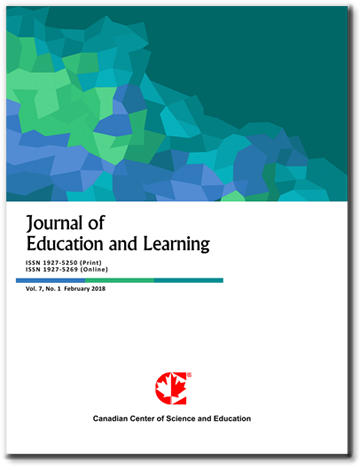Architecture of the Computational Thinking Platform with Gamified Using Artificial Intelligence Prompt Engineering
- Atthaphon Wongla
- Pinanta Chatwattana
- Pallop Piriyasurawong
Abstract
The architecture of the computational thinking with gamified using artificial intelligence prompt engineering, or architecture of the CT platform with gamified, is a learning tool intended to promote activity-based learning that focuses on problem-solving by doing. This platform is fabricated with the combination of computational thinking process and gamification, which results in a new teaching method using Thailand’s popular prompt engineering “AIThaiGen”. The main target of this development is to create the learning tool that not only aligns with the Ministry of Education’s Basic Education Core Curriculum but can also promote students’ problem-solving skills and computational thinking skills, which can encourage them to produce new inventions or innovations that are beneficial to humans’ life in terms of computer science and technologies. Not only that, the learning tool initiated in this study is expected to help students solve problems in real-life and meanwhile promote their digital literacy so that they will be well equipped with bodies of knowledge and skills related to the utilization of digital media. The main objectives of this study are to promote problem-solving skills and digital literacy through the CT platform with gamified and explore the perspectives on its design in order to find out to what extent the architecture of the CT platform with gamified can improve users’ problem-solving skills and digital literacy. The research findings support this study and correspond to research hypothesis. It is found that the architecture of the CT platform with gamified comprises the process and structure that can be put in practical use in order to promote problem-solving skills and digital literacy through computational thinking processes integrated with gamification. These skills are derived from self-directed learning coupled with hands-on practices, in which learners are able to interact and have conversation with others anywhere and anytime.
- Full Text:
 PDF
PDF
- DOI:10.5539/jel.v14n5p189
Journal Metrics
Google-based Impact Factor (2021): 1.93
h-index (July 2022): 48
i10-index (July 2022): 317
h5-index (2017-2021): 31
h5-median (2017-2021): 38
Index
Contact
- Grace LinEditorial Assistant
- jel@ccsenet.org
